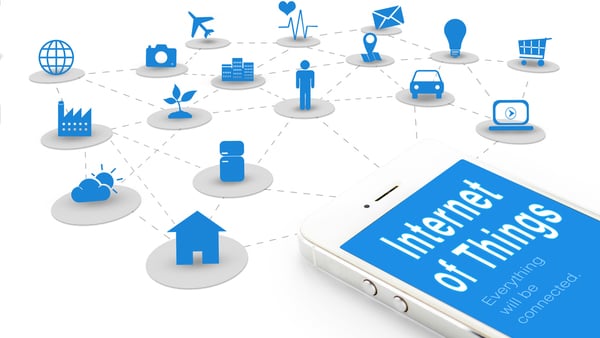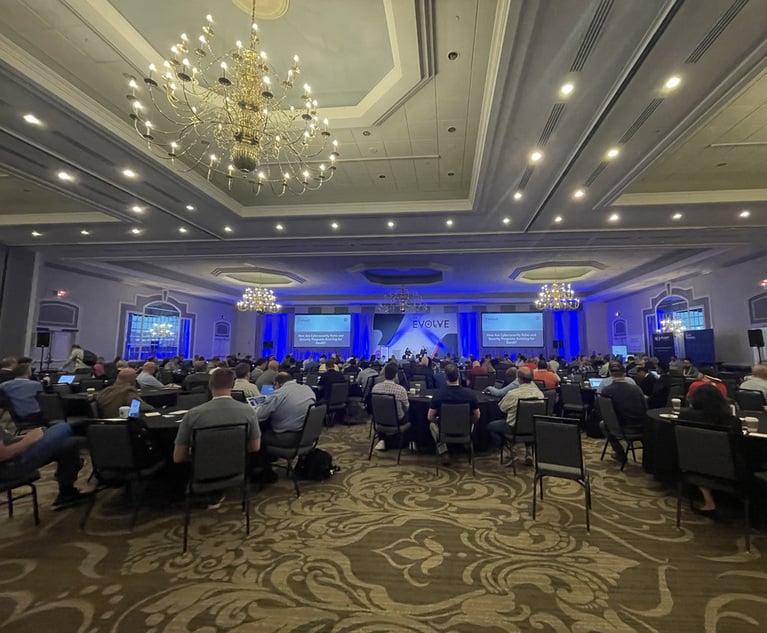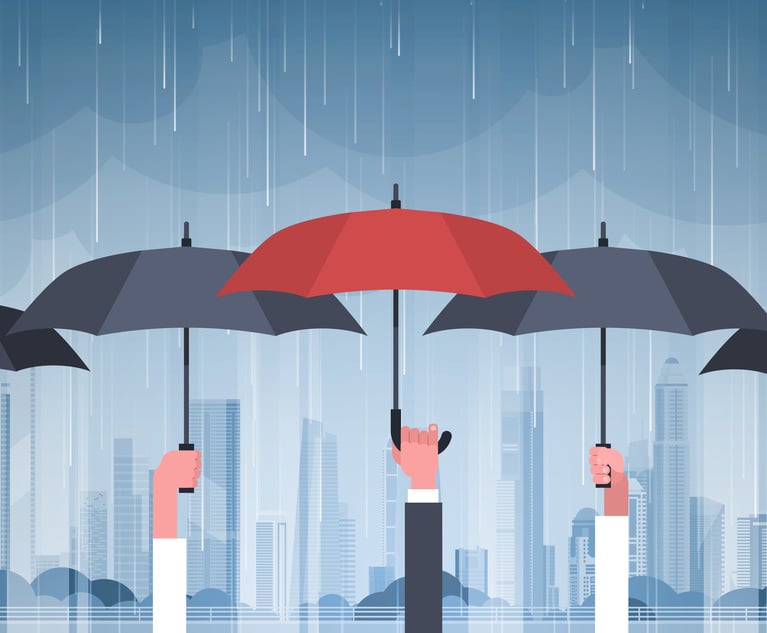Insurers should be looking through binoculars rather than amicroscope when assessing the potential impact of technology intransforming their business, focusing on the long termopportunities and threats posed by emerging exposures rather thanconcentrating only on how the latest hardware or software mighthelp them incrementally improve internal systems andperformance.
|That was one of the key takeaways from presentations andinformal discussions at what I like to refer to as the industry's"annual family reunion" in New York City — the Property-Casualty Insurance Joint IndustryForum, where the heads of primary carriers, reinsurers,brokerage firms and their association leaders gather to considerthe state of the market and direction of the business.
|Will a whole new insurance niche be needed?
|There was much talk at this year's forum about how the industrystill primarily thinks of technology as a tool to enhanceefficiency and accuracy, when the more pressing challenge goingforward will likely revolve around how tech is fundamentallychanging the economy and the risks they cover. So while it'simportant to take advantage of new operating systems and datasources to improve business processes, it's critical to alsoconsider how insurers might remain relevant and profitable in anincreasingly tech-centric and connectedsociety.
|Tech is transforming not just the insurance industry'soperations, but the very nature of the businesses and propertiesthey cover. One key test will be how the industry adapts itsproducts as more people use personal property — such as their homesand cars — for commercial purposes as part of the "sharingeconomy." Beyond the need to make clear to policyholders that suchbusiness risks are not generally covered by personal linespolicies, a whole new insurance niche will likely need to becultivated, perhaps by offering hybrid products blending personaland commercial coverage on the same properties.
|Meanwhile, new safety technologies becoming more common invehicles could drastically reduce the number of accidents — apositive development for society, but a conundrum for personal Autoinsurers, which account for a substantial share of the premiumswritten by the overall property-casualty industry. One analystspeculated that tech-driven loss control trends (including thedevelopment of autonomous vehicles) could cut the auto insuranceindustry in half over the next 25 years. The management of ashrinking line of business will be a major challenge for manycarriers, particularly smaller (and especially mono-line) companieswithout the diversification and scale to cushion the blow, likelyleading to greater consolidation.
|Continue reading …
||
The "Internet of Things" may enable carriers to becomeprimarily the ensurers of safety andproductive use of properties, rather than justthe insurers of damages should a lossoccur. (Image: Shutterstock)
|However, others at the Forum emphasized that most downside techthreats will also offer upside opportunities. In this case, aspersonal auto shrinks, commercial product liability insurers maypick up at least some of the slack by covering vehiclemanufacturers and makers of safety software in case system failures(or hackers) cause accidents.
|The expanding "Internet of Things" (IoT) alsopresents intriguing risks and growth potential, but once againcarriers should have a different mindset when considering how tocapitalize on this phenomenon. With IoT, underwriters will be ableto base decisions on actual experience rather than proxycorrelations (such as credit scores), as well as provide morecustomized coverages. But more importantly, the availability ofreal time, sensor-based data in millions (and eventually billions)of products and properties will likely put proactive loss controlin the driver's seat (literally, in the case of auto telematics forusage-based insurance).
|Indeed, IoT may enable carriers to become primarily theensurers of safety and productive use of properties,rather than just the insurers of damages should a lossoccur. If IoT detects the imminent failure of a $100 compressor ina $1 million piece of equipment that prevents a $100 millionbusiness interruption loss, an entirely new value chain is created.Concerns were raised during the Forum that if carriers don't seizethe moment, outside tech firms could launch IoT platforms thatalready have an ingrained risk-transfer component, thereby beatinginsurers at their own game.
|Related: How the "Internet of Things" is changinginsurance
|In an increasingly connected economy, the nature of the exposurethat needs to be managed will more often involve digital assets,rather than just tangible properties. That means there should be acorresponding rise in demand for Cyber insurance coverage, althoughthus far the market has been slow to develop. In part, that'slikely because insurers don't feel they have a good handle on theexposure and fear its potential severity. The result has beenrelatively low limits and tight coverage terms, so it's no surprisethe take up rate by consumers has been rather limited.
|But that dynamic should change as more data is collected andawareness grows about the rising cyber exposure facing businessesand individuals. Insurers should be up to the challenge, especiallysince this a very familiar risk to them, given that they are primetargets of hackers themselves and could leverage their own riskmanagement experience to underwrite other industries.
|It's a brave, new world
|In short, as those at the industry's family reunion made clear,it's a brave, new world out there thanks to technology, which canbe the best friend or worst enemy of insurers. It all depends onwhether carriers are quick to capitalize on the changes occurringand yet to come, or end up being victimized by more proactivecompetitors inside and outside the industry.
|How do you think the industry will respond? Will new financialtechnology firms and more established digital natives beat insurersto the punch? Or will the industry adapt and take their game to thenext level?
|Sam J. Friedman ([email protected]) isinsurance research leader with Deloitte's Center for FinancialServices in New York. For many years, he was editor-in-chief ofNational Underwriter. Follow Sam on Twitter at @SamOnInsurance, as well as on LinkedIn.
|Are you following us on Facebook?
Want to continue reading?
Become a Free PropertyCasualty360 Digital Reader
Your access to unlimited PropertyCasualty360 content isn’t changing.
Once you are an ALM digital member, you’ll receive:
- All PropertyCasualty360.com news coverage, best practices, and in-depth analysis.
- Educational webcasts, resources from industry leaders, and informative newsletters.
- Other award-winning websites including BenefitsPRO.com and ThinkAdvisor.com.
Already have an account? Sign In
© 2024 ALM Global, LLC, All Rights Reserved. Request academic re-use from www.copyright.com. All other uses, submit a request to [email protected]. For more information visit Asset & Logo Licensing.








